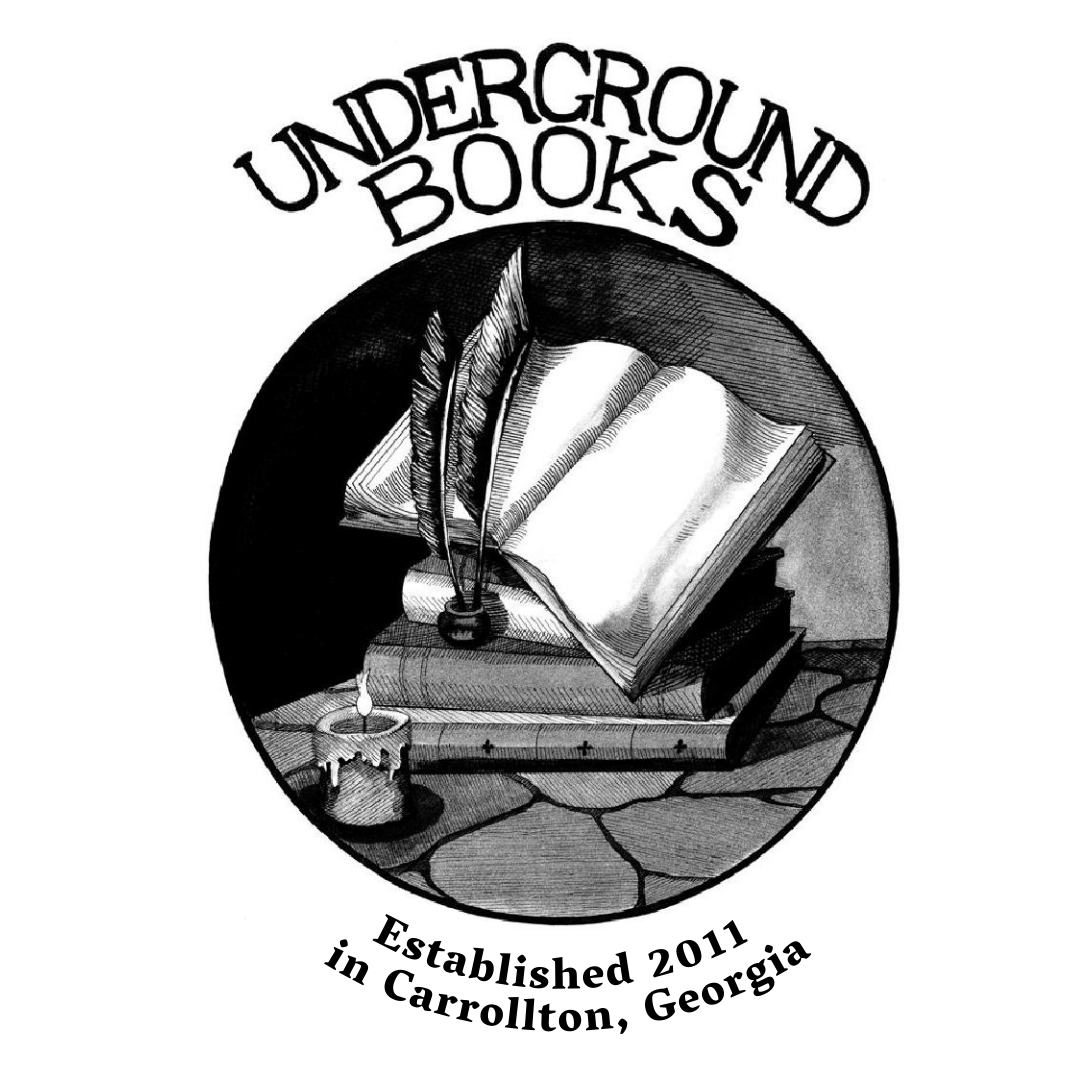Hardcover
2012 · Oxford
by Whaley, Joachim
Oxford: Oxford University Press, 2012. Hardcover. Very good/very good. Hardcover. 9 1/2" X 6 1/2". xvi, 722pp.; xxiv, 747pp. Volume II presents nicely with unclipped dust jacket wrapped in protective archival sleeve. Volume I lacks Dust Jacket. Very mild shelf wear to covers, corners, and edges of jacket. Volume I bound in pictorial paper over boards. Volume II bound in black cloth over boards with spine lettered in gilt. Pages of both volumes are clean and unmarked. Bindings are square and sound.
This set is heavy and oversized and will require additional postal charges to ship internationally. Please contact us today for an international shipping quote.
ABOUT THIS SET:
Germany and the Holy Roman Empire offers a striking new interpretation of a crucial era in German and European history, from the great reforms of 1495-1500 to the dissolution of the Reich in 1806. Over two volumes, Joachim Whaley rejects the notion that this was a long period of decline, and shows instead how imperial institutions developed in response to the crises of the sixteenth and seventeenth centuries, notably the Reformation and Thirty Years War. The impact of international developments on the Reich is also examined.
The first volume begins with an account of the reforms of the reign of Maximilian I and concludes with the Peace of Westphalia in 1648. It offers a new interpretation of the Reformation, the Peasants' War, the Schmalkaldic War and the Peace of Augsburg, and of the post-Reformation development of Protestantism and Catholicism. The German policy successfully resisted the ambitions of Charles V and the repeated onslaughtsof both the Ottomans and the French, and it remained stable in the face of the French religious wars and the Dutch Revolt. The volume concludes with an analysis of the Thirty Years War as an essentially German constitutional conflict, triggered by the problems of the Habsburg dynasty and prolonged by the interventions of foreign powers. The Peace of Westphalia, which ended the conflict, both reflected the development of the German polity since the late fifteenth century and created teh framework for its development over the next hundred and fifty years.
Volume II begins with the Peace of Westphalia and concludes with the dissolution of the Reich. Whaley analyses the remarkable resurgence of the Reich after the Thirty Years War, which saw the Habsburg emperors achieve a new position of power and influence and which enabled the Reich to withstand the military threats posed by France and the Turks in the later seventeenth century. He gives a rich account of topics such as Pietism and baroque Catholicism, the German enlightenment, and the impact on the Empire and its territories of the French Revolution and Napolean. Whaley emphasizes the continuing viability of the Reich's institutions to the end, and the vitality of a political culture of freedom that has been routinely underestimated by historians of modern Germany.(Publisher). (Inventory #: 16143)
This set is heavy and oversized and will require additional postal charges to ship internationally. Please contact us today for an international shipping quote.
ABOUT THIS SET:
Germany and the Holy Roman Empire offers a striking new interpretation of a crucial era in German and European history, from the great reforms of 1495-1500 to the dissolution of the Reich in 1806. Over two volumes, Joachim Whaley rejects the notion that this was a long period of decline, and shows instead how imperial institutions developed in response to the crises of the sixteenth and seventeenth centuries, notably the Reformation and Thirty Years War. The impact of international developments on the Reich is also examined.
The first volume begins with an account of the reforms of the reign of Maximilian I and concludes with the Peace of Westphalia in 1648. It offers a new interpretation of the Reformation, the Peasants' War, the Schmalkaldic War and the Peace of Augsburg, and of the post-Reformation development of Protestantism and Catholicism. The German policy successfully resisted the ambitions of Charles V and the repeated onslaughtsof both the Ottomans and the French, and it remained stable in the face of the French religious wars and the Dutch Revolt. The volume concludes with an analysis of the Thirty Years War as an essentially German constitutional conflict, triggered by the problems of the Habsburg dynasty and prolonged by the interventions of foreign powers. The Peace of Westphalia, which ended the conflict, both reflected the development of the German polity since the late fifteenth century and created teh framework for its development over the next hundred and fifty years.
Volume II begins with the Peace of Westphalia and concludes with the dissolution of the Reich. Whaley analyses the remarkable resurgence of the Reich after the Thirty Years War, which saw the Habsburg emperors achieve a new position of power and influence and which enabled the Reich to withstand the military threats posed by France and the Turks in the later seventeenth century. He gives a rich account of topics such as Pietism and baroque Catholicism, the German enlightenment, and the impact on the Empire and its territories of the French Revolution and Napolean. Whaley emphasizes the continuing viability of the Reich's institutions to the end, and the vitality of a political culture of freedom that has been routinely underestimated by historians of modern Germany.(Publisher). (Inventory #: 16143)







